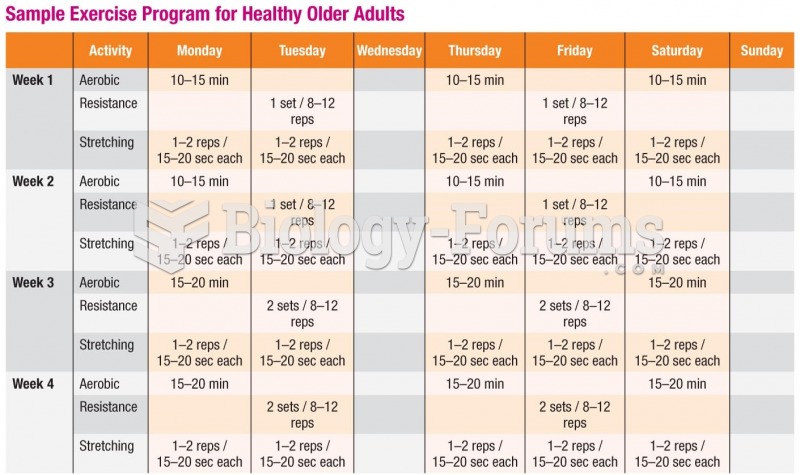Answer to Question 1
B
Only 40 of people who have an OA-related fracture recuperate to their prefall mobility status; therefore the most important goal for the nurse is to plan care designed to restore her baseline mobility status. This comprehensive goal encompasses nutrition, exercise, rest, and physical therapy and prevents postoperative complications, such as atelectasis and pneumonia, impaired skin integrity, constipation, and dehydration, which can plague older adults. Increasing dietary fiber and nutrient-dense foods is an intervention to help maintain regular bowel habits and to re-pair and build tissue; it is integral to postoperative and rehabilitative care for an older adult but is not the highest priority. Preventing infection and promoting skin integrity are integral to post-operative and rehabilitative care for an older adult. Instructing the older adult about properly us-ing a walker is an intervention and part of the primary goal of restoring preoperative mobility.
Answer to Question 2
A, B
As nurses move toward cultural competence, they increase their cultural awareness, knowledge, and skills. Cultural competence means having the skills to put cultural knowledge to use in as-sessment, communication, negotiation, and intervention. Cultural connections have not been identified as a factor.







